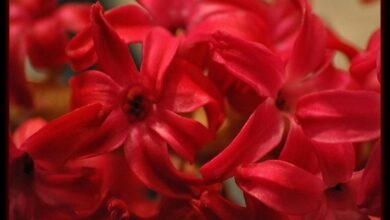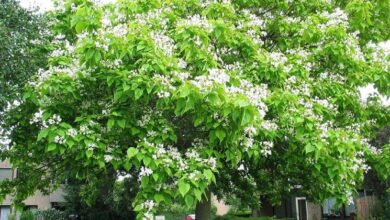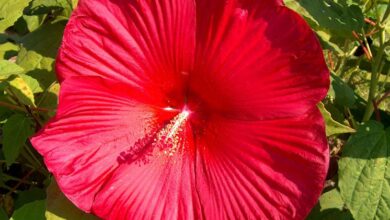Pruning of hydrangeas
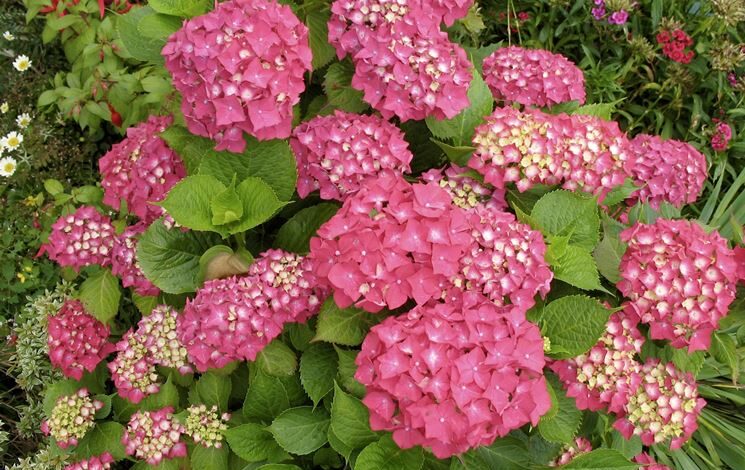
Pruning hydrangeas: general considerations
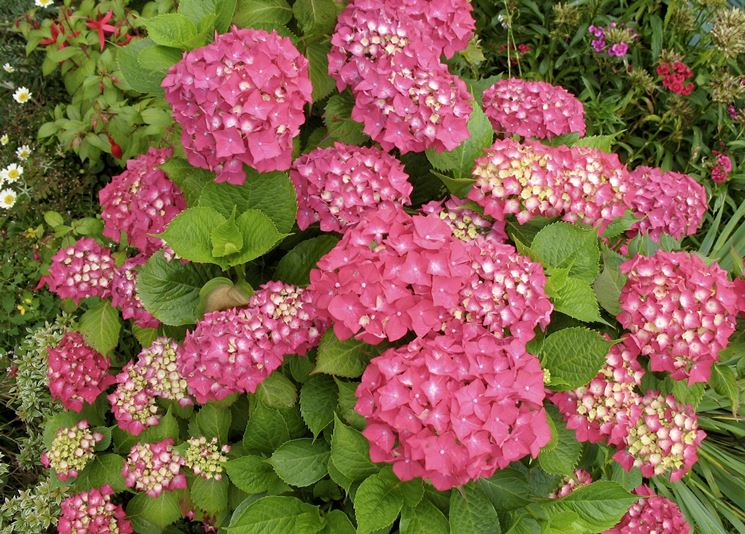
Hydrangea species and pruning purposes
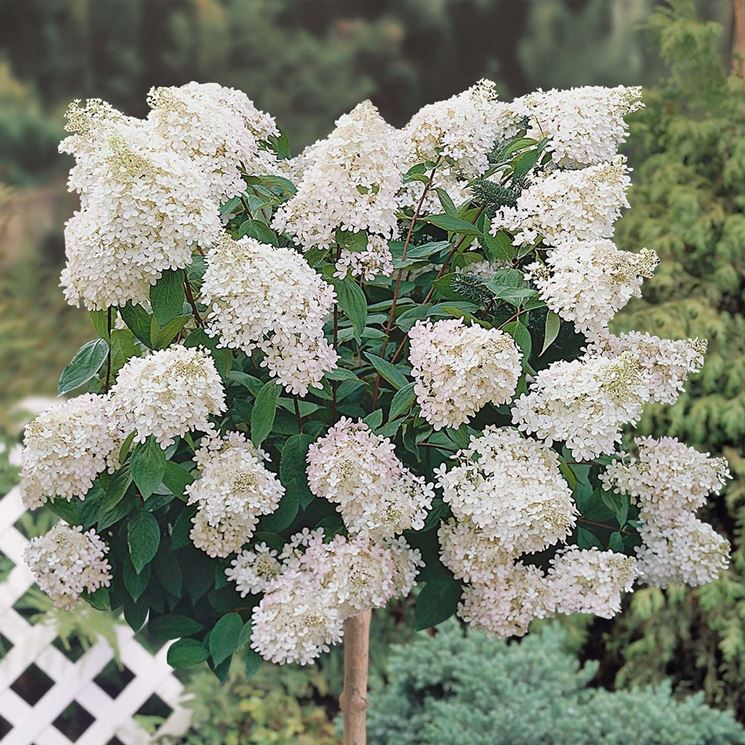
The botanical genus Hydrangea includes over 100 species. Among those that bloom on branches of the year we have the Hydrangea paniculata and the Hydrangea arborescens. Among those that produce flowers on the branches of the previous year are the Hydrangea aspera, the Hydrangea quercifolia, the Hydrangea involucrata and the climbing varieties. The pruning of all these hydrangeas has some purposes in common, namely: to control and order the development of the plant, to determine the shape and growth of the flowers, to increase the resistance of the plant to attacks by fungi. These results can be obtained by carefully pruning the damaged and dry parts and preserving, instead, the productive and younger parts. You need to know hydrangea well to prune the right parts,
The pruning period of hydrangeas varies according to the species of the flower. The species that bloom on the branches of the current year must be pruned as soon as winter is over, therefore at the beginning of the spring season. The intervention aims to leave no more than 3 basal buds on the branch, from which a plant with a height of no more than one meter will develop. These hydrangeas may not be pruned, however the shrub will have an irregular shape over time. It is advisable to prune at least 5 years after planting, cutting the oldest branches at the base of the plant, to make them breathe and reduce the risk of fungal infections. The interventions are performed on plants of at least 3 years of age. The pruning of hydrangeas that bloom on the branches of the previous year are pruned after flowering, in summer.
How to prune hydrangeas
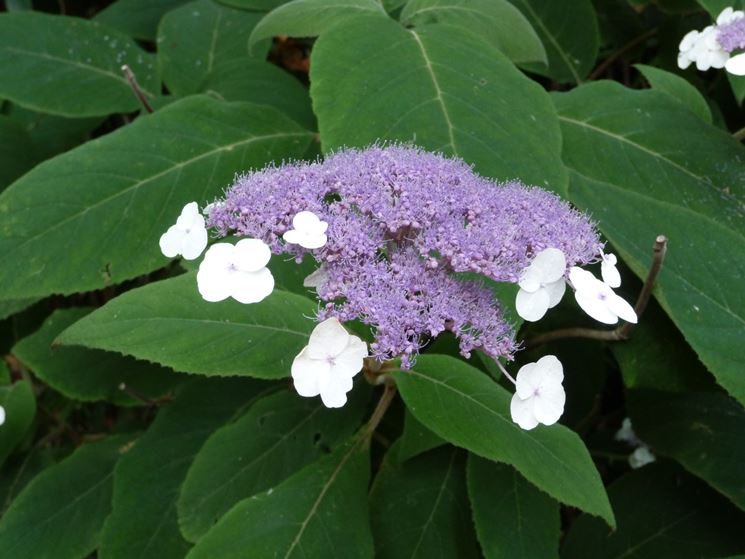
In the hydrangea species that bloom on the branches of the current season, if you want to get many small flowers, you will have to carry out a contained pruning, leaving the plant at its natural height. If you want large flowers, the operation will be more intense, cutting half a meter above the ground, thus creating a low bush. The species that bloom on the branches of the previous year only need the removal of dead branches and withered flowers. Care must be taken not to prune the most recent branches with the apical buds from which the flowers will grow. The cut must be made above the first pair of buds. Climbing hydrangeas need very little pruning, but only development containment by removing excess flowers and buds.


